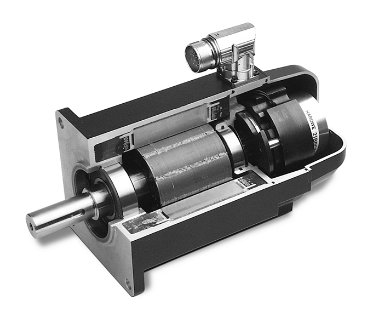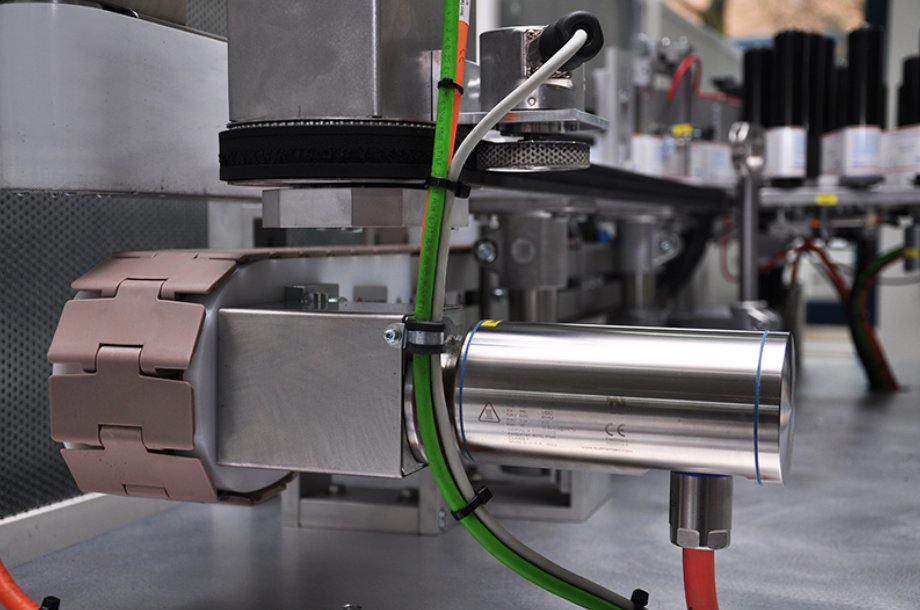Mon 15th Aug 2022 - What are the Five Major Components of a Brushless Servo Motor
Servo motors are used in numerous markets to power machines, instruments, robots, and other factory automation applications. This blog addresses five major elements of a conventional brushless DC servo motor: the rotor, stator, bearings, feedback and housing.
The Rotor
The moving element of the servo motor, the rotor consists of a shaft with magnet segments that are either attached to the shaft or embedded in a stack of laminations fitted on the shaft. The magnets are organized in pole pairs and oriented in an alternating north and south pattern. Rotation is created when the magnetic flux generated by the magnets reacts with the electromagnetic fields generated by the stator.
 The Stator
The Stator
The stator, the stationary element of the servo motor, consists of a stack of slotted laminations filled by copper wire that is wound in a specific pattern. This pattern compliments the magnet arrangement on the rotor. These windings determine the electrical characteristics of the motor and include an insulation system to protect the wires from shorts against each other or the stator laminations. The insulation system also determines the maximum winding temperature allowed as the copper wires heat up when current is applied.
The Bearings
The rotor fits within the stator that includes a very small air gap between the outside diameter of the rotor magnets and the interior diameter of the motor laminations. The rotor freely rotates while centered within the stator by a ball bearing system. The bearings fitted at both ends of the motor shaft are rated to handle the expected radial and axial loads and rotor heat.
The Feedback
A critical requirement for a servo system is the feedback device. The motor feedback is typically an encoder or resolver mounted to the rear end of the motor (opposite the output shaft end). The feedback device interacts with the servo drive to provide data that indicates position and velocity.
The Housing - Bringing It All Together
The motor housing integrates the rotor, stator, bearing system, and feedback components into a package that is easily installed on a machine. Assimilated front and rear end bells mount the housing directly to the stator. Housings can be made from a variety of materials, such as aluminum, cast iron, or stainless steel, and contain exit points for motor power and feedback wires or connectors. Stainless steel housings are used in applications requiring stringent hygienic and high pressure washdown conditions. Seals, also part of the housing system, provide various levels of protection against water ingestion.
Conclusion
Motor designers need to integrate these five key elements to produce a servo motor that is efficient, compact, and reliable. Each element must support the overall performance of the motor in an optimized package that delivers a high-performance servo motor solution.
About the Author
This blog was a collaborative effort among a team of motion and automation experts at Kollmorgen, including engineers, customer service and design experts.
=======================================================================================================================================================================
As a Gold Partner, Micromech are able to supply and provide expertise on
Kollmorgen products. Contact our sales team on
01376 333333 or
sales@micromech.co.uk for price and delivery or technical assistance.
Disclaimer
The use of this news article and images came with permission from Kollmorgen.

 The Stator
The Stator